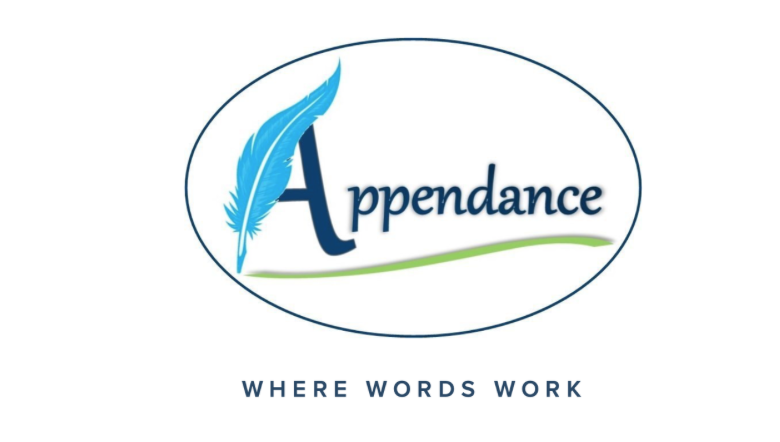A few years ago, I was visiting friends in Germany. One of them is an English teacher and she asked me if I could explain to her the difference between "fill in" and "fill out". She gave an example, "Would you say 'I want to fill in the form'? or 'I want to fill out the form'?" I tried to imagine the situation. At the doctor or dentist's office, they hand you that clipboard with all the info you have to verify and say, "Please fill out the form." Ok, so "fill out", but "fill in" sounded just as right. On a test, it might say "Fill in all the blanks." So, I decided that the difference had to do with what was expected from the writer. To "fill out" seems to be to put in all the necessary information--to complete a form or provide information. To "fill in" seems to be to put back what has been taken out or removed. If there are obvious gaps in something, you fill them in. But if there are gaps and you need not complete all of them, you fill them out. Thoughts?
Read More